In part one of the Divemaster series, I wrote up to the halfway point of my time on Koh Tao. The first 6 weeks weren’t without their troubles. First, a tooth infection, followed by an ear infection, but in amongst all that, I still managed to get a fair amount of diving in and enjoyed myself. I will admit there were times during those first few weeks when things weren’t going 100% to plan, I was a little upset and disappointed. But at the end of the day, nothing in life ever goes exactly to plan so you have to expect a few bumps in the road. My birthday was roughly halfway through my time on Koh Tao and it was definitely a turning point. Not that the first 6 weeks were bad by any stretch of the imagination. Just the second half could not have been more perfect. I had no more trouble with ears or teeth, I dived so much and also had the best time on dry land.
Quick one you can find a video edit of the trip here
We start on my birthday week itself back in early March. I was assisting on an Advanced Open Water course. One of the other courses you must assist. This course certainly went a lot smoother than the Open Water Course, I guess partly because people on this course are no longer complete beginners. There were 3 students on the course, me and Isabelle, one of the best instructors you could ever have. The students were 3 great blokes, one a friend who I had met in Aus and was also travelling Thailand for a bit. He saw I was on Koh Tao and wanted to get his advanced certification. Obviously, I recommended Sairee Cottage and I even got to assist on his course. The first day of diving consisted of 3 dives. Peak performance buoyancy being the first. This is all about getting people more comfortable in the water. How you breathe, your body position and even your fin kicking technique make a massive difference to your enjoyment and also skill level as a diver. This dive has loads of cool skills related to buoyancy. The second dive was a navigation dive, working on basic compass skills and natural navigation underwater. The 3rd and final dive that day was a night dive. Which are always so cool and bring yet another dimension to the underwater world. The three lads were great, so stress wise there was nothing to worry about. I even demonstrated a few skills to them and helped explain some things once back on the boat. It was a great feeling having someone ask you questions about diving and having the knowledge to answer them. I certainly still have lots to learn but I’m no novice anymore.

Day 2 of the advanced course was on my 26th birthday itself. No better way to spend the day than undertaking the deep and wreck dives as part of the course. Deep diving has added hazards you have to be aware of as does wreck diving, which was undertaken on Koh Taos resident wreck HTMS Sattakut. I even led the dive on the wreck. The visibility was terrible, so it was quite the experience but certainly a good opportunity to learn for me and also the students on the course. Upon finishing the dives, we made our way back to Sairee Cottage pool bar. Here the lads celebrated becoming advanced divers and I celebrated turning 26. The festivities went long into the night, ending up at the main bar/nightlife venue on the island, Fishbowl. I think over the course of my birthday week I ended up in that place 6 times over 8 days. Safe to say I had quite the week celebrating and shall look back on it with fond memories forevermore.


Outside of assisting courses and the other programs which I detailed in part I, there were several other dives/events put on by Sairee Cottage for the DMCs. These included night dives, eco days and deep dives. The night dive workshop was laid on by Marcel and aimed at giving a slightly different perspective to your “normal” night dive. I’ve done a few in my time and if they go well, I love them, but equally, I’ve had times where my mask was always leaking my torch ran out of battery and overall the experience was a bit shit. Overall, though, night diving is usually really fun. To some, it might sound scary, but for me, I just feel like I’ve been transported into space. You’re effectively weightless when diving neutrally buoyant, so at night you really feel as if you’re drifting through some faraway galaxy. You also see different aquatic life at night with their behaviour being different too. On most night dives you normally head out at sunset, meaning you enter the water around twilight. Therefore, when you start the dive it’s still somewhat light and as it progresses it becomes pitch black. Often as with most dives, you are constantly on the move swimming around not stopping in one place for long. Marcel wanted us to all wait until it was truly dark before descending. Then once we had descended, we were to go to designated spots on the reef and quite literally, just kneel/fin pivot in the sand watching one tiny little spec of reef or coral. Sounds a bit boring right. In actual fact, it is one of my best dives to date. For the first 20 – 30 seconds you’re looking at this little patch of reef, thinking wow there isn’t much going on here, yet before you know it everything is coming to life. By focusing on one little spot, you start to see all the amazing stuff you would otherwise miss if you just swam past looking for the bigger things. You start to notice the sea urchins moving and crawling along, the little piece of coral you thought was lifeless actually has loads of little shrimp or crabs hiding amongst it. A flatworm starts to crawl out and along the rock in front of you. Even looking into the water directly in front of you. You assume it’s just tiny pieces of plankton drifting past but in reality, it’s beautiful little sea creatures too bonkers to name, with electric stripes and colours down their back. It was honestly amazing, and I shall take the time to stop and observe little patches more often on future dives. We then also swam with our torches completely off. It takes some time for your eyes to adjust, but then you’d be amazed at how much you can see. You also start to swoosh your arms through the water and see the most amazing blue bioluminescent plankton reacting to your movement. Night dives might sound scary in principle, but they can also be one of the coolest parts of diving.

Every month Sairee and other dive schools on the island put on eco days, which involve beach and reef clean-ups. Half the DMCs went to clean one of the beaches on the island while the other half went diving to clean one of the reefs. I was buddied with Jaryd and for the first 10 minutes, we didn’t find anything. Which was great. Then as we got shallower and made our way into the cove of the beach, we couldn’t stop finding rubbish. As I expected due to the pandemic there were a few face masks, but the vast majority of what we found were plastic bottles. We did our best to clean as much as we could and thought surely the other groups couldn’t have found as much as us. We were wrong! In the space of two 30 minute dives, on one little dive site, on one little island, in one tiny part of the world. 10 divers came back with over 7 full bags of rubbish. While it felt good to have helped. In reality, I felt more saddened. We hadn’t made the slightest bit of difference in the grand scheme of things. If that’s how much rubbish there was in one tiny fraction of the ocean, it’s devastating to think how much is out there. According to reports at our current rate, there will be more plastic than fish in the sea by 2050. Protecting our oceans couldn’t be more vital to the survival of our planet and us as a species on it. It’s easy to think the ocean is so vast that we could do no damage, but it’s that mentality that has got us to the point we are now. Dangerously close to a point of no return. Overfishing, global warming and pollution of plastic and chemical waste have had a devastating effect on our oceans. More than half the oxygen we breathe every day is produced by the oceans. As much as 80% of all life on earth is found below the waves and oceans absorb around half the world’s CO2. Our Oceans are vital to life on earth and need protection fast. A decade ago, the international community pledged to protect 10% of the ocean by the end of 2020. Despite adding new marine protected areas quickly, the international community is falling well short of that goal. To date, about only 7.5% of the ocean is now protected, according to very generous assessments. Conservationists are now pressing for the adoption of a more ambitious new international goal, protecting 30% of the oceans by 2030. Pressure must be applied to those in charge to ensure this target is met or it will lead to catastrophic consequences for us all.

Clearly, I’m a big advocate of protecting our oceans. For those who stay on the surface, it’s easy to think the oceans are vast and empty. Regardless of what we do to it, it kind of always looks the same from above. It’s only when you dive down and see the abundance of life below, that you realise how amazing this water world can be. That’s why those who dive often want to push the limits of what we can do while down there. Wanting to stay longer and dive deeper. As a recreational scuba diver, the maximum depth limit is 40m. At this depth, you use your air very quickly and your no stop decompression time becomes very short. In layman’s terms, the longer you stay at depth the more at risk you are from decompression sickness, commonly known as “The Bends”. As part of the DMC program, we also undertook deep-dive workshops to become familiar and more comfortable with these elements. On one such occasion, I dove down to that depth limit of 40m. It’s an exhilarating feeling being that far down with 40m of blue water above your head. Part of you wishes to go further. I guess that’s human nature, wanting to always push the boundaries. For those that really do want to go further, this is where the world of technical diving comes in. Allowing people to safely dive to 100 m plus if they so wish. Although as you would imagine, it does require a substantial amount of training.
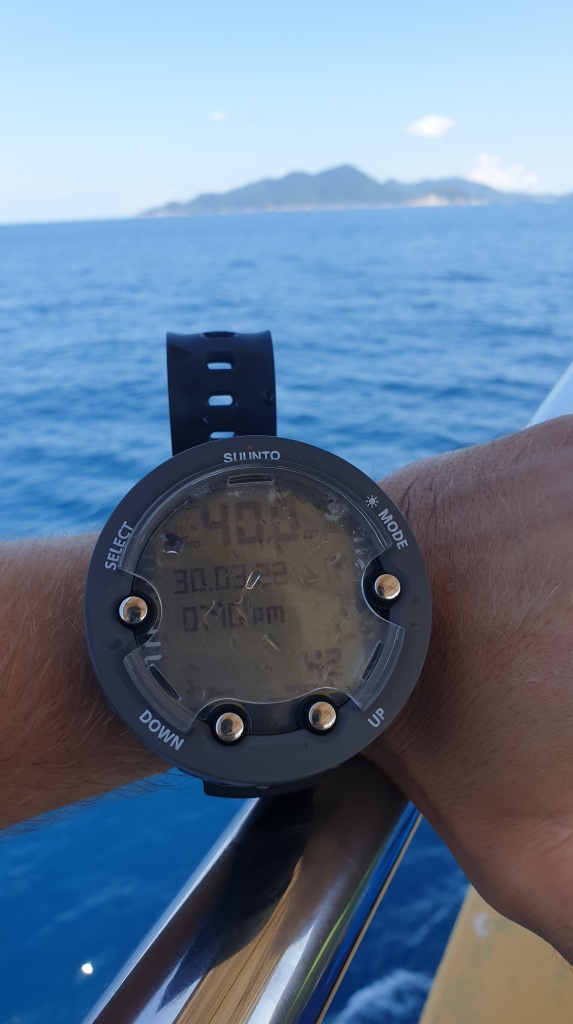
One of the final things I had to tick off on the course was completing a refresher for someone who had been out the water a while. Once you become certified it’s a good idea to keep your skills fresh by diving regularly. Obviously, that isn’t always possible, so someone may wish to undertake refresher training before going diving again. As a qualified divemaster, this is something you are trained to run. Therefore, one morning, I took a full paying customer and underwent a refresher course with them at the shop. I will add the whole time I was under the supervision of Perry, Sairee Cottages’ actual divemaster to ensure it all ran smoothly. First, we went through some theory, before gearing up and jumping in the pool. Here we ran through some of the essential skills taught in the Open Water Course. This is where all those practise skill circuits came in handy. I briefed the skills on the surface, we then descended, before I demonstrated the skill and finally handed over to the student to complete the skill. Everything went great and my student did an excellent job.
Aside from all the dedicated requirements of the divemaster course, there is also lots of time to just go diving. The boat goes out every day and all you have to do to be on it is find a buddy to go diving with. Safe to say I made full use of it. Arriving on Koh Tao with 38 dives to my name, leaving the island having hit triple digits and the big 100. And while during these dives there weren’t any specific things we were to be doing, it was all training regardless. We would be diving in our buddy groups, so this meant someone would have to be a leader, navigating and checking people’s air. It also allowed us time to work on things we wanted to improve on. Because this wasn’t the only two dives we would be doing on our holiday say. It allowed us time to focus on things we normally don’t have time to do. For example, I played around with my weights, gradually reducing the amount I took before finally, I went diving with no weight at all. A goal of mine before coming to Koh Tao was to learn how to backfin. Meaning instead of kicking your legs to go forward, you use them to reverse instead. A very useful skill for diving. Your hands are pretty much useless as a propulsion force when diving as they don’t displace enough water, in relation to your weight. Hence being able to move in every direction through the action of your fins is a great skill to master. By the time I departed, I was pretty pleased with my back finning ability. These fun dives with the other DMCs also just made you more confident in the water. I was more than happy to jump off the boat with my buddy, go diving and come back just the two of us. In fact, I loved it. You get to know the dive sites and where the cool stuff is. Koh Tao is home to some beautiful sites, my favourites being, Chumphon Pinnacle, Southwest Pinnacle and Green Rock. But even the resident dive sites which we would attend most often, due to their suitability for beginners were beautiful (shout out White Rock and Twins). Hands down though the best dive site, in the area, potentially even the Gulf of Thailand was Sail Rock. The rock sits about halfway between Koh Tao and Koh Pha Ngan. Meaning the dive shop would only go there on special occasions. I was lucky enough to make one trip out to Sail Rock. The conditions were beautiful, and the reef and aquatic life were like something out of an aquarium. I challenge anyone to dive there and not want to take up scuba diving or protect our oceans.
Another goal of mine while on Koh Tao was to get to the infamous, 100 dives. I just about managed and left Koh Tao bang on 100. Your 100th dive has a bit of a reputation behind it, with tradition dictating you should dive naked. Which is exactly what happened. Diving is already a freeing experience, but doing so in your birthday suit, made it all the more liberating. It was a bit worrying however swimming towards a school of chevron barracuda, in case one of them was after a little snack! Thankfully I wasn’t alone down there, Jaryd kept me company having also hit the 100 mark himself not so long ago. I don’t know where the tradition comes from, but it was good to be a part of it. Even if the water was pretty cold and done the old boy no favours down there…

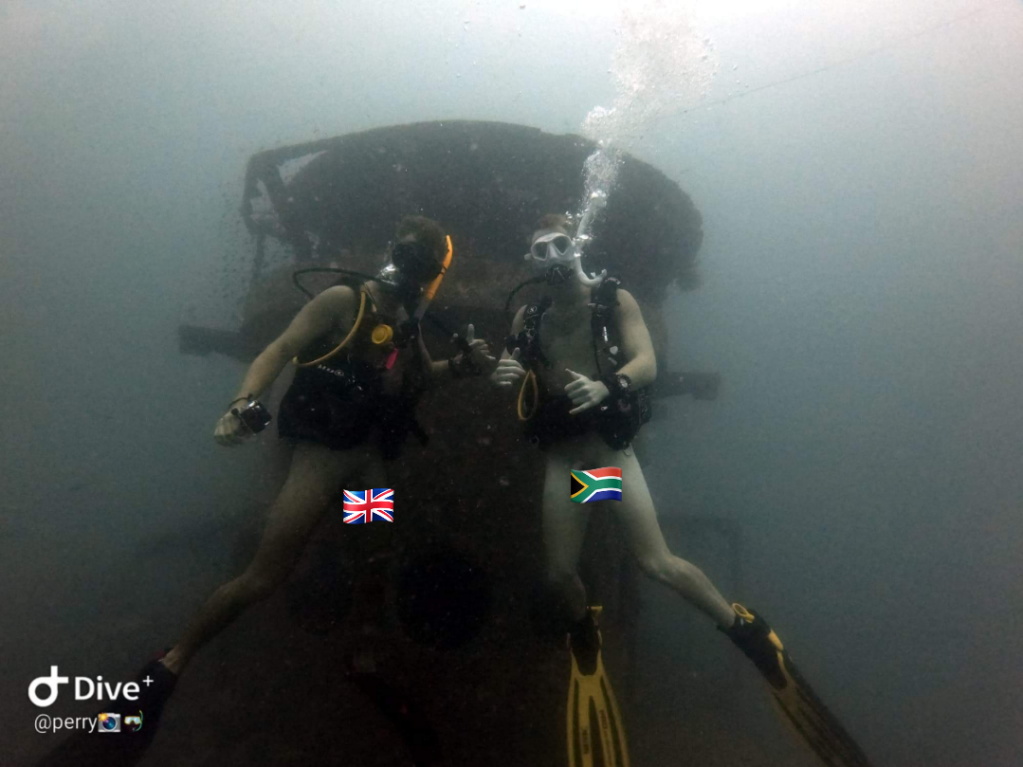
Another such tradition is that of the snorkel test. Not in the traditional sense, where you have to go snorkelling on a reef. No this is a test you “must” complete before you are indoctrinated into PADI Professional status as a Divemaster. The snorkel test consists of wearing a diving mask, attached to which is a snorkel and makeshift funnel. To this copious amounts of alcohol are poured, that you have to drink before you’re able to call yourself a divemaster. Snorkel tests have quite the reputation for the contents of the alcohol to be pretty disgusting. Thankfully the staff at Sairee Pool bar were kind and the snorkel test was merely the start to a great night of celebrations, recognising the most recent batch of divemaster graduates from Sairee Cottage Dive school. Of which I was one!

Aside from being a divers dream, Koh Tao is the most beautiful island paradise. It’s the perfect mix of tranquil idyllic beaches, stunning mountaintop viewpoints, delicious restaurants, lively main streets and incredible sunsets. I already know I will return one day. When I first arrived, the island was certainly quiet. But as the Thai government relaxed entry requirements, its population only grew and the island started to come back to life, which was amazing to see. The dive shop got busier, and more and more people joined the Divemaster course. It’s a revolving door course. People start at any time and just as one person is starting another is finishing. I said before leaving for Thailand, I knew it would be quiet to start, but as long as the group of fellow divers were okay, I would have a great time. I wasn’t disappointed. The people I met while at Sairee and on Koh Tao, in general, were amazing. Many will be my friends for the rest of my life. I look forward to staying in touch over the coming years and seeing everything they achieve. It was our shared love of diving that brought us together, but it is the bonds we formed that will carry us forward. Everyone was just so great, and we all got on so well. Be that diving in the ocean, drinking beers at the pool bar and Fishbowl, watching the sunsets at Sairee Beach or even making the trip over to Koh Pha Ngan for the full moon party. Island life and its inhabitants were everything I could have hoped for and more. I had the most incredible 11 weeks on Koh Tao and love that little island deeply. I also can’t thank the staff at Sairee Cottage Diving enough for their hospitality and guidance during the course. They too have become close friends who I shall miss and hope to see again soon. Special mention must go to Flav and Marcel for running the professional training side of the dive shop. You really couldn’t be in more capable hands. But as with everything in life, all things must sadly come to an end and my time on Koh Tao, for now, is over. A friend of mine on Koh Tao summed it up perfectly:
“Change is the only constant in life”.
Timmy
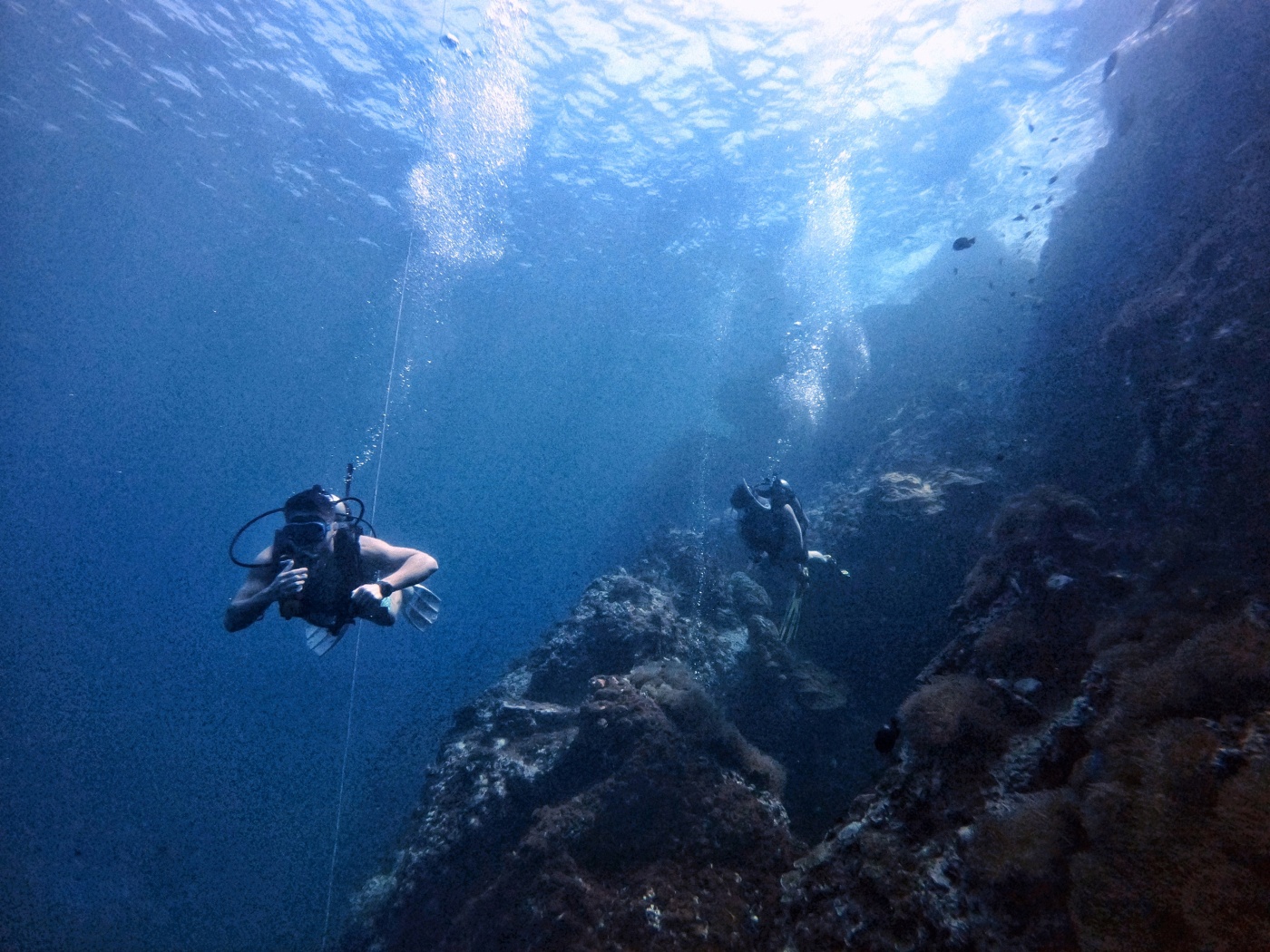



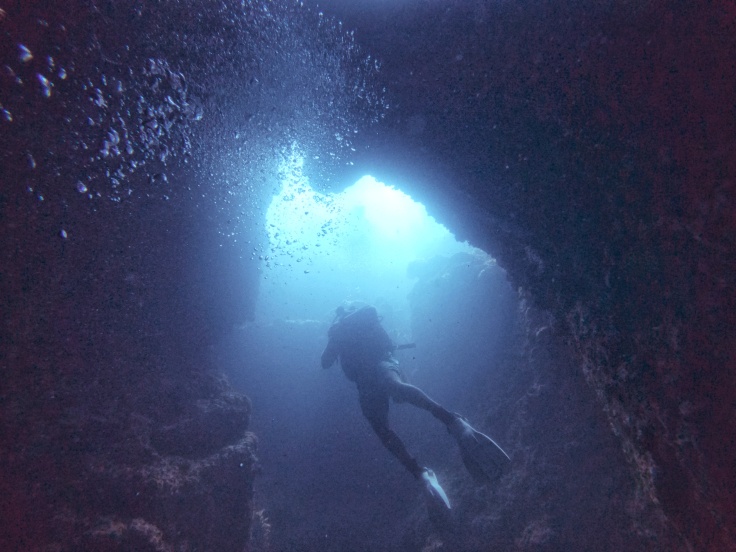



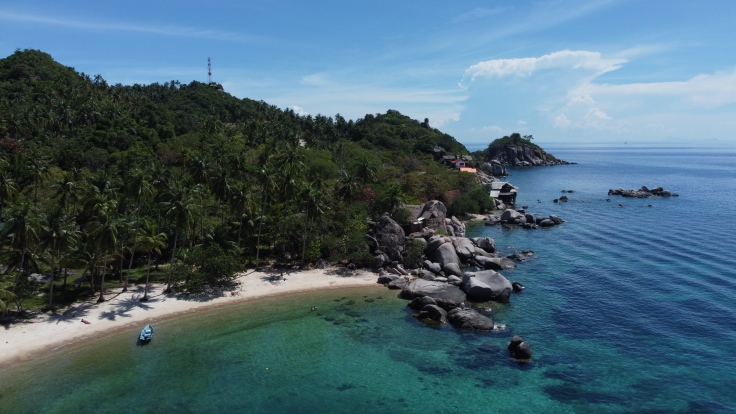





Another fantastic read Calum 😃
LikeLiked by 2 people
Thank you 😊
LikeLiked by 1 person
Brilliant Calum, well done you certainly had a good time 👍xx
Lots of Love Linda x
LikeLiked by 2 people
Thanks Linda 😊
LikeLiked by 1 person